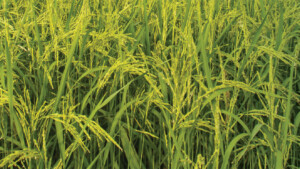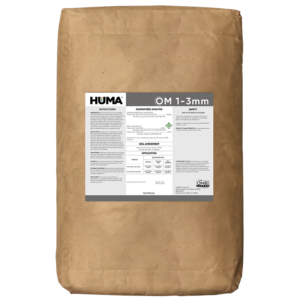Z-Max®
Benefits of Use:
Benefits of Use:
- Micronutrient source and chemical input tank mix partner
- N-P-K booster
- Nutrient buffer for tank mixes
- Improved plant vigor
- Essential components in chlorophyll, plant enzyme systems, protein and carbohydrate metabolism, photosynthesis, respiration, vitamins, and hormones
- Regulation of N-P-K, water, and plant solubles
Deficiency Symptoms-When to Apply:
- Occurs in alkaline, acid, and low organic matter soils
- Stunting, chlorosis, and poor plant vigor
- Sensitivity to disease pressure
- Poor fruit set
FAQs
Related Videos
Nutrient Requirements for Pecan Trees
Pecan grower Josh Bowman of First Fruit Orchards discusses macronutrient and micronutrient recommendations and timing for pecan trees.
Learn More
Huma® Micronutrients and Secondary Macronutrients
Huma liquid micronutrient and secondary macronutrient fertilizers with Micro Carbon Technology (MCT) are extremely efficient. MCT improves nutrient uptake so you can get the most out of your crops. Deliver micronutrients and secondary macronutrients exactly
Learn More
Huma Gro® Agricultural Products Increase Crop Yield in Mid-South US
Huma Gro® fertilizers and crop treatments increase harvest and profit, control soil salinity, and manage crop disease worldwide. Unlike other farm products, Huma Gro® farming products with Micro Carbon Technology® are more efficient. Huma Gro®
Learn More
Related Products
Related Case Studies

Huma® Promax® for Strawberries: A Replacement for Standard Fumigation, Nematicides, and Fungicides
Introduction A field trial to test efficacy of Huma® Promax® as a cropprotection product for strawberries (Fragaria sp.) was applied in a location known to have spring disease problems with either Fusarium or Macrophomina pathogenic fungi. This report is based on a field trial with strawberries conducted by Holden Agricultural Research and Consulting submitted on...

Huma® MicroMate Humic Acid Makes More Blooms, Faster, on Commercial Petunias
Objective Speeding up the maturity timing of flowers and having more flowers on commercial ornamental plants will make them more marketable and help flower growers produce more potted flower plants per year. The focus of this study was to assess the effects of a natural humic product from Huma® called Micromate on the speed of...

Huma® X-Tend® Compared with Agrotain® on Rice Production in Southern Missouri
Introduction Nitrogen loss through volatilization begins to occur immediately after application unless the urea is stabilized. Agrotain® has been the industry standard for urea stabilization. In 2011, at Shoffner Farm Research, a trial was established to compare Agrotain® and the Huma® product X-Tend® to increase nitrogen use efficiency and rice yield (using the CL 151...
Related Blog Posts

Latest Edition of the BHN Newsletter, The Solution, Is Available
We love to hear stories from the people who use our products, and a number of those stories are included in this issue of The Solution. We begin with a report from Holden Research and Consulting on how use of certain Huma Gro® products on strawberries led to an ROI of over $3,400/acre. Amazing! Equally...

10 Fertilizer Facts for Global Fertilizer Day 2022
Every year, October 13 is marked as Global Fertilizer Day to highlight the significance and acknowledge the contribution of the fertilizer industry in feeding the world’s growing populations. This annual international awareness campaign is supported by fertilizer associations and companies across the world with the shared purpose of highlighting the social, economic, and environmental impact...

This Week in Ag #48
The popular TV series Yellowstone, along with the western lifestyle craze, has certainly romanticized ranching. It seems like everyone wants to be a rancher, until there’s real-world ranching stuff to do. This week’s bone-chilling Midwestern weather brings back memories. Notice I didn’t say fond memories. When you have livestock, they require care every day. Utility tractors...











